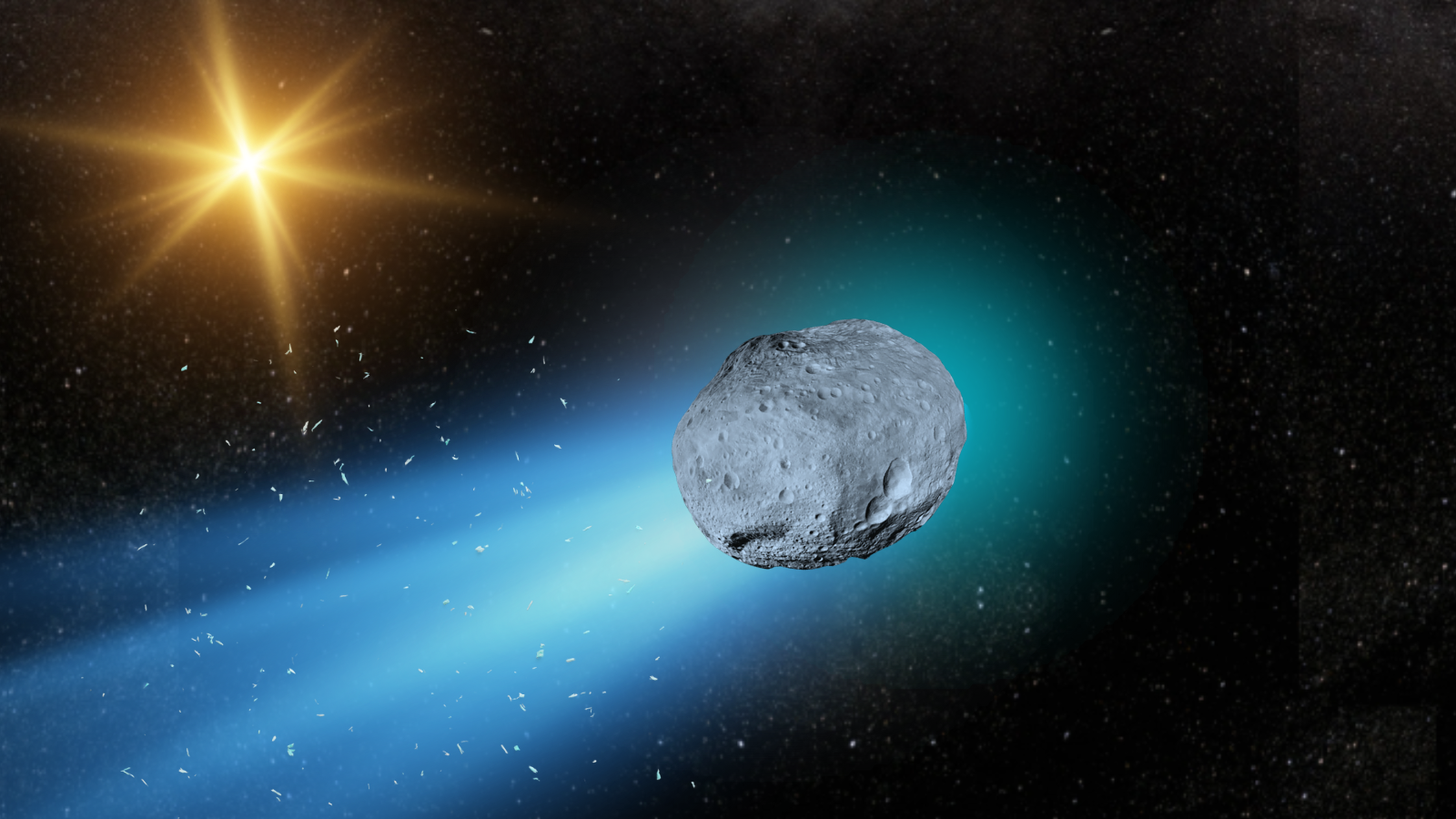Key Takeaways
- 3I/ATLAS is officially confirmed by NASA as a comet — the third known interstellar object after ʻOumuamua and 2I/Borisov.
- Travelling at over 200,000 km/h, the comet will pass through the inner solar system before exiting back into deep space.
- Debate continues around its possible artificial origin, though NASA firmly maintains it’s a natural comet.
A Rare Visitor from the Stars
On 1 July 2025, astronomers using the ATLAS (Asteroid Terrestrial-impact Last Alert System) telescope in Rio Hurtado, Chile, detected a faint, fast-moving object unlike anything ever seen before.
Now officially named 3I/ATLAS (C/2025 N1), the object has been confirmed by NASA as a comet—making it only the third verified interstellar visitor to enter our solar system, following the historic sightings of ʻOumuamua (2017) and 2I/Borisov (2019).
This discovery offers scientists a rare opportunity to study matter that formed around another star, providing clues about how other planetary systems evolve—and how ours compares.
What We Know About 3I/ATLAS
Detailed observations from NASA and the European Space Agency (ESA) revealed that 3I/ATLAS displays a bright coma and visible outgassing, signatures of a typical comet.
That means it’s made mostly of ice and dust, heating up as it approaches the Sun and releasing vapor into space.
The object’s name reflects its classification and discovery:
- “3I” indicates it’s the third interstellar object detected.
- “I” stands for interstellar.
- “ATLAS” refers to the telescope system that spotted it.
Crucially, its hyperbolic orbit and immense velocity prove it didn’t originate here. It’s moving too fast to be captured by the Sun’s gravity, confirming it came from beyond the solar system.
Speed, Path, and Visibility
According to NASA, 3I/ATLAS is speeding through space at over 200,000 km/h (about 61 km/s).
It will briefly pass through the inner solar system between Earth and Mars before slingshotting back into interstellar space.
Its closest approach to Earth will be roughly 270 million kilometers, far too distant for the naked eye but accessible to telescopes.
The comet will reach perihelion (closest to the Sun) around 30 October 2025, when it passes about 1.4 astronomical units (130 million miles) from the Sun—just inside Mars’ orbit.
NASA says it will become visible again to ground-based observatories in early December, once it emerges from behind the Sun’s glare.
Is 3I/ATLAS Artificial? The Debate That Won’t Die
Not everyone is satisfied with the natural explanation.
Professor Avi Loeb, a theoretical astrophysicist at Harvard University and head of the Galileo Project, has argued that 3I/ATLAS might warrant a closer look for signs of artificial origin.
In a series of essays, Loeb speculated whether the comet could be a technological artifact—possibly an alien probe or remnant from an advanced civilization. He questioned whether its light could be self-generated rather than reflected sunlight, something unseen in natural comets.
While his ideas attracted attention, NASA swiftly dismissed such claims.
“It looks like a comet. It does comet things,” said Tom Statler, NASA’s lead scientist for small solar system bodies. “It very strongly resembles, in every way, the comets that we know.”
Loeb later acknowledged that the simplest explanation remains that 3I/ATLAS is a comet, clarifying that his intent was to encourage scientific curiosity, not assert alien origins.
Why 3I/ATLAS Matters
For scientists, 3I/ATLAS is a window into another solar system’s chemistry—a frozen relic formed around an alien star billions of years ago.
By studying it, researchers can test whether the building blocks of life and planets are common across the galaxy.
Every interstellar object that passes through offers a snapshot of how material travels between stars, shaping the cosmic neighborhood we all share.
As NASA put it, 3I/ATLAS is more than a comet—it’s a cosmic message in motion, carrying secrets from worlds we’ve never seen.
Disclaimer: The information in this article is for general purposes only and does not constitute financial advice. The author’s views are personal and may not reflect the views of GameDegen.com. Before making any investment decisions, you should always conduct your own research. GameDegen.com is not responsible for any financial losses.



